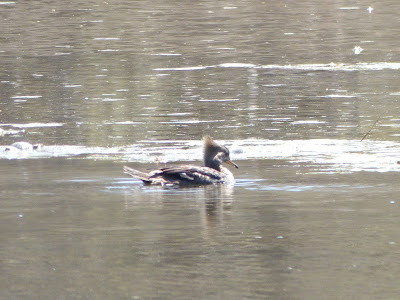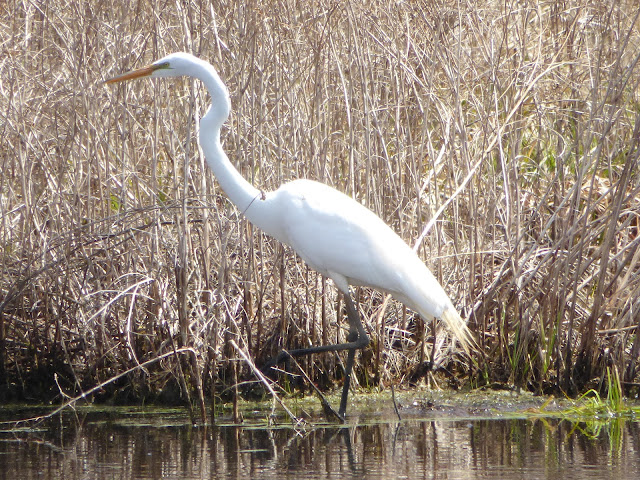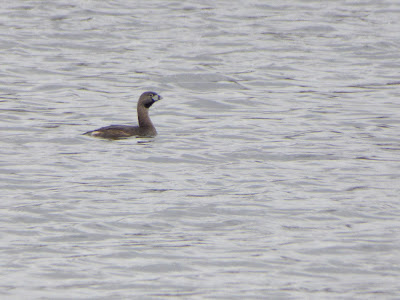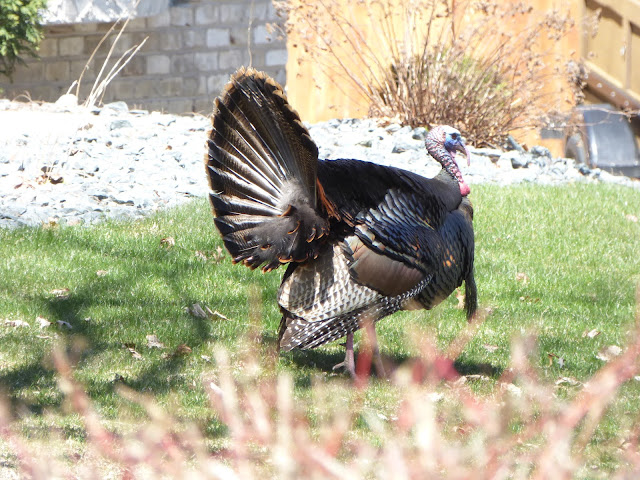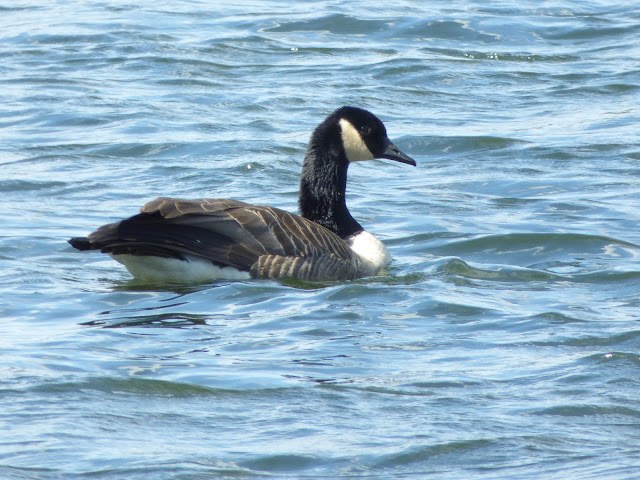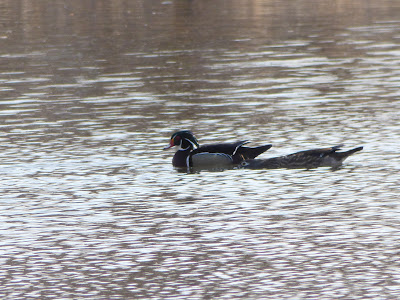The Bird of the Day today is the American crow. It is a part of the Corvidae family, which includes: ravens, crows, jays, magpies, jackdaws, and nutcrackers. In Minnesota, the relatives include the common raven, blue jay, Canada jay (formerly the gray jay), and rarely the black-billed magpie.
The crows inhabit all the continents except Antarctica. They are one of the most intelligent birds on Earth. If you want to see a great documentary about crow intelligence, watch the PBS documentary
A Murder of Crows (not to be confused with the multiple murder mysteries of that name). A "murder of crows" is the common name for a flock of crows.
The reason that they are so talkative is that they are communicating with each other. Over 100 different crow calls have been identified by scientists. There is strong evidence that not only do they communicate with other adults, but they pass on information to their young as well.
Crows have a strong problem solving ability. The documentary above shows a crow solving a 3-part puzzle to get a treat, crows solving a touch screen puzzle as fast as human kids (and faster than dogs), finding how to break open nuts without shattering them, passing information on to their young, and much more.
If you take the time to learn about these often misunderstood birds, you will find that they are quite fascinating.




